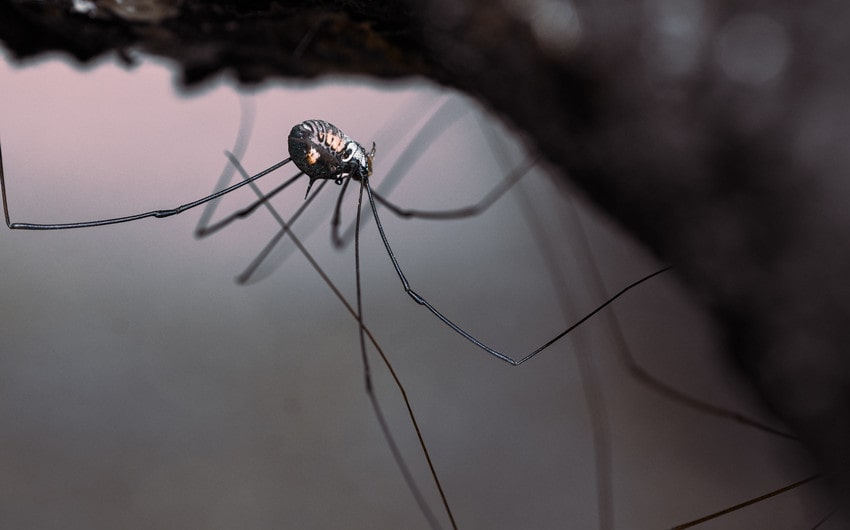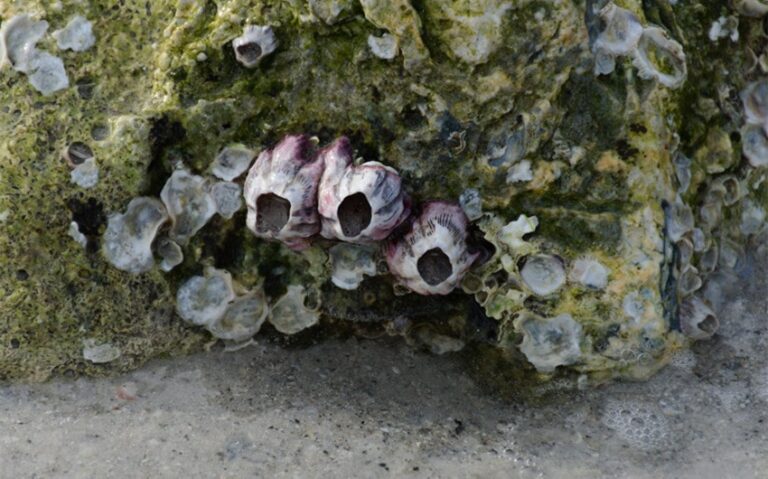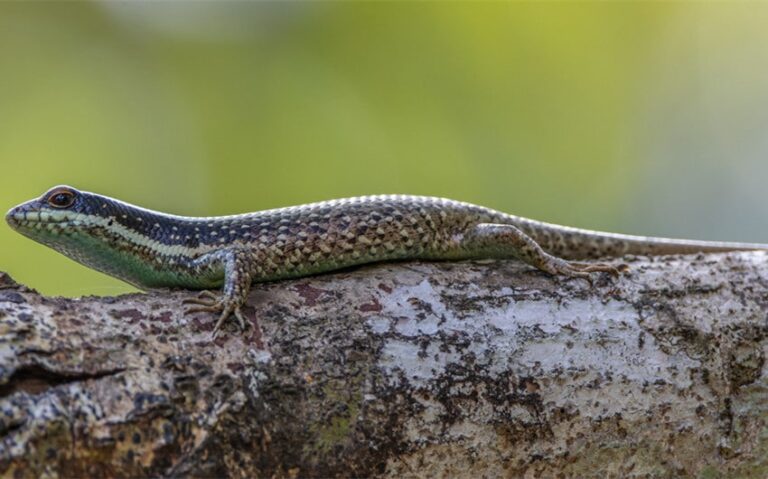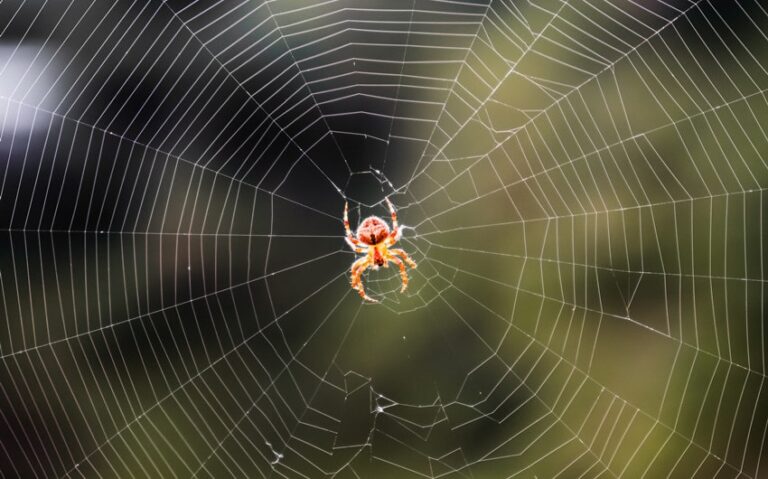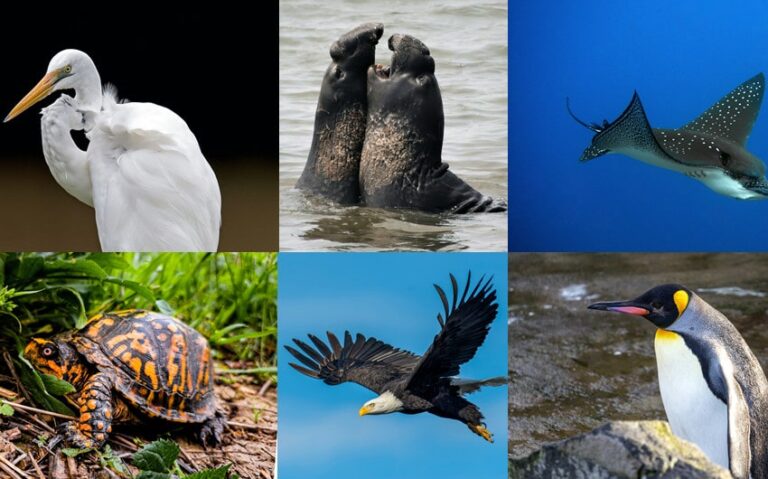Do Daddy Long Legs Make Webs? Here’s What You Should Know
Daddy long legs are a common sight in homes and gardens, often sparking curiosity with their long, delicate legs and gentle movements. One question that frequently comes up is, do daddy long legs make webs?
It’s an interesting query, especially since the term “daddy long legs” can refer to several different creatures, each with its own habits. In this article, we’ll explore the different types of daddy long legs, their unique characteristics, and whether or not they actually spin webs.
Do Daddy Long Legs Make Webs?
In this section, we’ll break down whether the different creatures commonly known as daddy long legs actually make webs, focusing on cellar spiders, harvestmen, and crane flies.
A. Cellar Spiders

1. Web-Building Behavior
Cellar spiders, scientifically known as Pholcidae, are true spiders and are well-known for their web-building abilities. Unlike many spiders that build symmetrical, organized webs, cellar spiders create messy, irregular webs.
These webs are typically found in dark, undisturbed areas such as basements, cellars, attics, and under furniture, which is why these spiders are often referred to as “cellar spiders.” The structure of their webs might appear chaotic, but they are effective at trapping prey such as small insects and other arthropods.
2. Purpose of the Webs
The webs of cellar spiders serve several critical functions. Primarily, they are used for hunting. When an insect becomes ensnared in the sticky threads, the cellar spider quickly moves in to immobilize its prey with more silk before delivering a venomous bite. This method allows the spider to subdue even larger insects without direct confrontation.
Additionally, the web provides a safe space for the spider to live and reproduce. Female cellar spiders may lay their eggs within the web, protecting them until they hatch. The web also acts as a defensive mechanism; when threatened, cellar spiders will vibrate rapidly in their webs, creating a blur that makes it difficult for predators to target them.
3. Adaptations for Web Building
Cellar spiders have several adaptations that make them efficient web-builders. Their long, slender legs allow them to move swiftly and delicately across their webs without becoming entangled. The tips of their legs are equipped with specialized hairs that help them sense vibrations and manage the silk threads as they build and maintain their webs.
Additionally, their bodies are lightweight, which allows them to hang upside down in their webs with ease. These physical adaptations, combined with their web-building behavior, make cellar spiders the only type of daddy long legs that actively construct and utilize webs.
B. Harvestmen
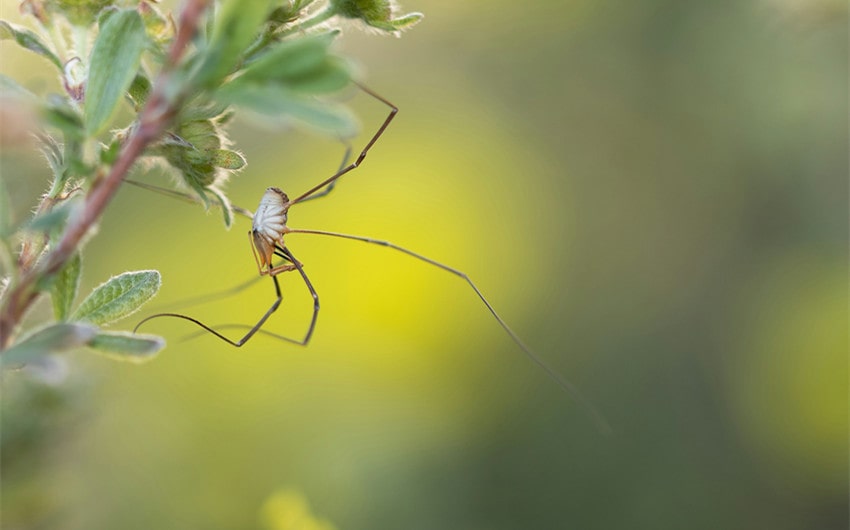
1. Absence of Webs
Harvestmen, also known as Opiliones, are often mistaken for spiders due to their long legs and overall appearance, but they are not true spiders and do not produce silk. As a result, harvestmen do not make webs. Instead, they rely on their speed, agility, and other defense mechanisms to survive. Their lack of web-building is one of the key differences that set them apart from their spider relatives.
2. Alternative Survival Strategies
Since harvestmen do not build webs, they have developed alternative strategies for finding food and avoiding predators. Unlike web-building spiders that rely on passive hunting methods, harvestmen are active foragers.
They primarily scavenge for food, feeding on decaying plant and animal matter, small insects, and fungi. Their diet is quite varied, and they can often be found under logs, rocks, or leaf litter where they search for food. Harvestmen are also known for their ability to secrete a foul-smelling chemical when threatened, which helps deter predators.
Additionally, some species of harvestmen have the ability to detach a leg to escape from predators—a process known as autotomy. The detached leg continues to twitch, distracting the predator and allowing the harvestman to flee.
3. Habitat and Behavior
Harvestmen are typically found in damp, sheltered environments such as forests, caves, and gardens. They are most active at night when they roam in search of food. Their long legs are not only used for walking but also play a role in sensing their environment.
Harvestmen have specialized sensory organs called chemoreceptors located on their legs, which help them detect chemical cues in their surroundings, such as food sources or potential mates. These sensory adaptations are vital for their survival, compensating for their inability to build webs.
C. Crane Flies
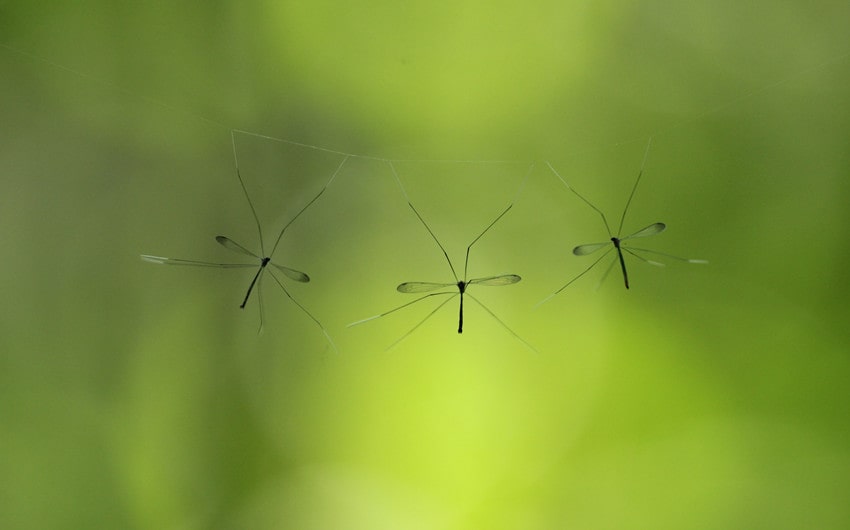
1. Lack of Web-Building Abilities
Crane flies, belonging to the family Tipulidae, are another creature often called daddy long legs. However, unlike cellar spiders and harvestmen, crane flies are not arachnids but insects. As such, they do not possess the silk-producing glands required to build webs. Crane flies are primarily known for their long, slender legs and their resemblance to oversized mosquitoes, though they are harmless to humans and do not bite.
2. Life Cycle and Behavior
Crane flies have a completely different lifestyle compared to spiders and harvestmen. As flying insects, their primary activities involve feeding, mating, and laying eggs. Adult crane flies have a very short lifespan, often just a few days, during which their primary focus is reproduction.
They do not build webs or engage in the complex behaviors associated with web-building spiders. Instead, crane flies lay their eggs in moist soil or near water sources, where the larvae, known as leatherjackets, will develop. The larvae feed on roots and decaying plant matter, sometimes causing damage to lawns and crops. After the larvae mature, they pupate and emerge as adult crane flies, continuing the cycle.
3. Role in the Ecosystem
Although crane flies do not build webs, they play a role in the ecosystem as prey for birds, bats, and other insectivores. Their larvae also contribute to the decomposition process by breaking down organic matter in the soil. The absence of web-building in crane flies highlights the diversity of behaviors and adaptations among the creatures commonly referred to as daddy long legs.
FAQ About Daddy Long Legs
1. What are the Characteristics of the Webs Built by Cellar Spiders?
Unlike the more orderly webs of orb-weavers, cellar spiders create tangled, non-symmetrical webs that are effective at trapping insects. These webs serve as both a hunting ground and a habitat for the spider, offering protection and a place to catch prey.
2. Can Daddy Long Legs Live in a Spider’s Web?
In some cases, cellar spiders (which are a type of daddy long legs) might inhabit or take over an abandoned spider web. However, harvestmen and crane flies do not live in webs. Harvestmen are more likely to be found in leaf litter, under logs, or in damp environments, while crane flies are typically found outdoors and do not interact with webs at all. Even though cellar spiders build their own webs, they may also use existing structures, enhancing them with their own silk.
3. How Do Daddy Long Legs Capture Prey Without Webs?
For daddy long legs that do not build webs, such as harvestmen, capturing prey involves active hunting rather than passive trapping. Harvestmen use their long legs to feel and catch small insects or scavenge for food on the ground. They do not rely on webs to capture their food but instead are opportunistic feeders that consume a variety of organic matter. Crane flies, on the other hand, do not need to capture prey as adults, since they typically feed on nectar or not at all, with their primary focus being reproduction rather than hunting.

